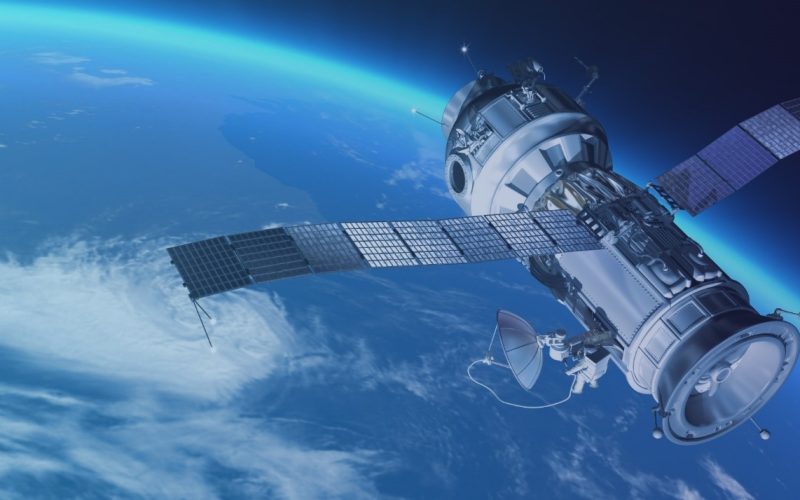New Developments in Space Exploration Technology
Space exploration has always been a field that captures the imagination and dreams of humanity. From the first moon landing to the recent Mars rover missions, each milestone represents a significant leap in our understanding of the universe. Today, the pace of innovation in space exploration technology is accelerating, driven by advancements in various fields such as artificial intelligence, robotics, propulsion systems, and materials science. This article delves into some of the most exciting new developments in space exploration technology, highlighting their potential to revolutionize our approach to exploring the cosmos.
Artificial Intelligence and Machine Learning
One of the most transformative technologies in space exploration is artificial intelligence (AI). AI and machine learning algorithms are being increasingly integrated into space missions to enhance decision-making processes, optimize mission parameters, and analyze vast amounts of data.
Autonomous Navigation
AI is playing a crucial role in autonomous navigation systems for spacecraft and rovers. For instance, NASA’s Perseverance rover on Mars utilizes AI to navigate the Martian terrain independently, avoiding obstacles and selecting optimal paths. This capability reduces the need for constant human intervention and allows the rover to cover more ground and conduct more experiments.
Data Analysis
Space missions generate enormous amounts of data, from high-resolution images to sensor readings. AI and machine learning algorithms are adept at processing and analyzing this data quickly and accurately. These technologies can identify patterns, detect anomalies, and even predict potential issues before they become critical, thereby enhancing the efficiency and safety of space missions.
Advanced Propulsion Systems
The development of advanced propulsion systems is another area that is seeing significant progress. Traditional chemical rockets have limitations in terms of speed and efficiency, prompting researchers to explore alternative propulsion methods.
Ion Propulsion
Ion propulsion systems, which use electrically charged ions to generate thrust, are becoming increasingly viable. These systems offer higher efficiency and longer operational lifespans compared to chemical rockets. NASA’s Dawn mission, which explored the asteroid belt, successfully utilized ion propulsion, demonstrating its potential for future deep-space missions.

Nuclear Thermal Propulsion
Nuclear thermal propulsion (NTP) is another promising technology. NTP systems use nuclear reactions to heat a propellant, such as hydrogen, which then expands and is expelled to produce thrust. This method offers higher thrust-to-weight ratios and greater efficiency than chemical rockets, potentially reducing travel time to distant destinations like Mars.
Robotics and Automation
Robotics and automation are revolutionizing space exploration by enabling more complex and precise operations in environments that are inhospitable to humans.
Robotic Arms and Manipulators
Robotic arms and manipulators are essential tools for tasks such as assembling structures in space, repairing satellites, and conducting scientific experiments. The Canadarm2 on the International Space Station (ISS) is a prime example of how robotic technology can enhance human capabilities in space.
Autonomous Drones and Rovers
Autonomous drones and rovers are being developed to explore planetary surfaces and moons. These robots can operate in extreme conditions, collect samples, and conduct experiments with minimal human intervention. For example, NASA’s Ingenuity helicopter, which accompanied the Perseverance rover to Mars, has demonstrated the feasibility of powered flight in the thin Martian atmosphere.
Materials Science
Advancements in materials science are enabling the development of stronger, lighter, and more resilient materials for spacecraft and space habitats.
3D Printing
3D printing technology is being used to create components and structures in space, reducing the need to launch heavy and bulky items from Earth. This capability is particularly valuable for long-duration missions, where resupply opportunities are limited. NASA’s 3D-Printed Habitat Challenge is an initiative aimed at developing sustainable housing solutions for future Mars missions using 3D printing technology.
Radiation Shielding
Radiation is a significant concern for space missions, especially for crewed missions beyond Earth’s protective magnetosphere. New materials and shielding techniques are being developed to protect astronauts from harmful cosmic radiation. For instance, researchers are exploring the use of polyethylene-based materials, which are effective at blocking radiation while being lightweight and flexible.
Collaboration and Commercialization
The landscape of space exploration is changing, with increased collaboration between government space agencies and private companies. This trend is driving innovation and reducing costs, making space more accessible than ever before.
Public-Private Partnerships
Public-private partnerships are fostering the development of new technologies and missions. SpaceX’s collaboration with NASA to develop the Crew Dragon spacecraft is a notable example. This partnership has successfully transported astronauts to and from the ISS, demonstrating the potential of commercial spaceflight.
Commercial Space Stations
Private companies are also working on developing commercial space stations. Axiom Space, for instance, is planning to build a commercial space station that will serve as a hub for research, manufacturing, and tourism. These commercial ventures are expected to complement government-led efforts and expand the scope of human activities in space.
Conclusion
The new developments in space exploration technology are opening up exciting possibilities for the future. From AI-driven autonomous systems and advanced propulsion methods to innovative materials and collaborative ventures, these advancements are poised to transform our approach to exploring the cosmos. As technology continues to evolve, humanity’s reach into the final frontier will extend further, unlocking new opportunities for discovery and growth. The next decade promises to be a thrilling era for space exploration, with the potential to reshape our understanding of the universe and our place within it.












